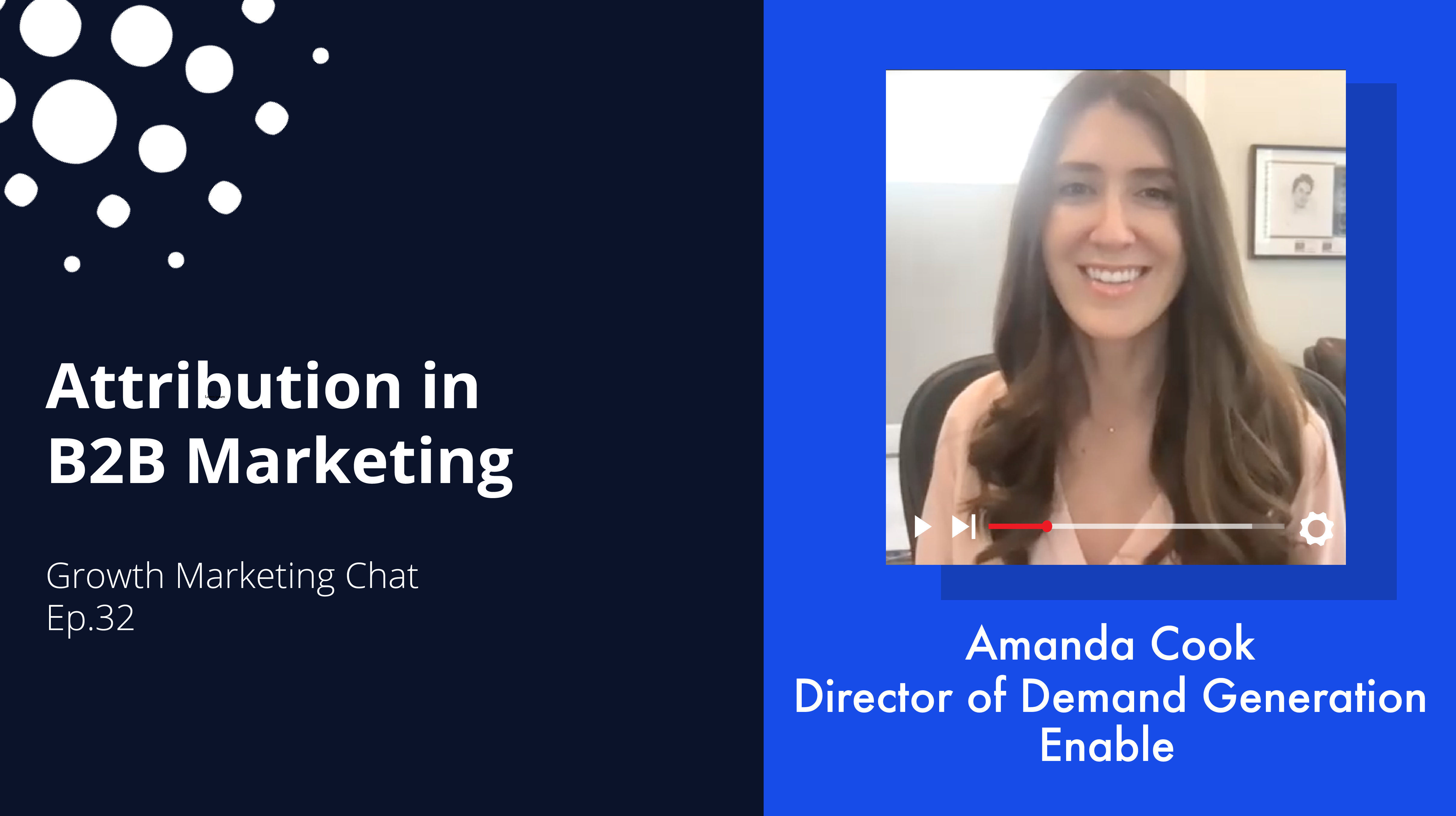In the fast-paced realm of digital marketing, the key to success lies in deciphering the enigmatic dance of consumer behavior across a multitude of touchpoints.
Attribution models, like detectives, aim to do exactly that by unveiling the truth behind conversions and allocating credit where it's due.
Enter the U-shaped attribution model - a distinctive method for measuring credit that’s been steadily gaining attention in marketing circles for its acknowledgment that not all touchpoints are created equal.
In this blog, we'll unveil the secrets of this model, explore its differences from other attribution methods, and discuss when it should be your go-to choice for untangling and replicating conversions.
Content:- What is the U-Shaped Attribution Model?
- How Does U-Shaped Attribution Differ from Other Marketing Attribution Models?
- When Should You Use the U-Shaped Attribution Model?
- Is the U-Shaped Attribution Model the Best Choice?
- U-Shaped Attribution Model: The Conclusion

What is the U-Shaped Attribution Model?
In the U-shaped attribution model, also known as the position-based model, the first and last touchpoints each receive 40% of the credit for a conversion, while the remaining 20% is distributed among all the middle touchpoints.
This model acknowledges that lead generation and conversion, the first and last touchpoints, are the most impactful activities in the customer journey.
Like most attribution models, this one might not be perfectly accurate, but it focuses on the most essential marketing factors and tends to produce the best results.
How Does U-Shaped Attribution Differ from Other Marketing Attribution Models?
To understand U-shaped attribution better, compare it with some other standard attribution models:
- First-Touch Attribution Model: This model gives full credit to the first interaction a customer has with your brand.
- It's helpful in understanding how you initially capture a prospect's attention, but it may undervalue the contributions of other touchpoints in the conversion journey.1
- Last-Touch Attribution Model: Conversely, the Last-Touch Model attributes all credit to the final interaction before conversion.
- While this model highlights the closing action, it might neglect the efforts made by other channels in nurturing the lead.
- Linear Attribution Model: The Linear Model equally distributes credit across all touchpoints.
- It's fair but may not reflect the actual impact of each touchpoint on the conversion.
- Time-Decay Attribution Model: In this model, touchpoints closer to conversion receive more credit.
- It's beneficial for understanding the progression of the journey but tends to undervalue early-stage interactions.
The U-shaped model strikes a balance between the first and last touchpoints and recognizes the significance of middle interactions without treating them as equal contributors.
It provides a more accurate representation than the other methods of how marketing channels work together throughout the entire customer journey.
When Should You Use the U-Shaped Attribution Model?
The U-Shaped Attribution Model is especially useful in scenarios where lead generation and conversion are the primary objectives, such as:
- E-commerce: For online stores, understanding the role of various touchpoints, from the initial ad click to the final purchase, is crucial.
- The U-shaped model ensures that the most influential stages receive their due credit.
- Software as a Service (SaaS): Businesses offering subscription-based services must carefully assess the customer journey.
- Identifying the key touchpoints can help refine marketing strategies for customer retention.
- B2B Sales: In B2B marketing, the sales cycle is often longer and more complex than in B2C.
- The U-shaped model can reveal the essential touchpoints leading to the ultimate conversion across the entire sales process.
Is the U-Shaped Attribution Model the Best Choice?
While no attribution model is perfect, the U-shaped attribution Model has a strong argument for being one of the best choices for many businesses.
In a world where customers interact with brands through multiple channels and touchpoints, it's crucial to have an attribution model that reflects reality.
The U-shaped model recognizes that middle interactions influence behavior without assuming all touchpoints are equal. It also takes into account the nurturing process in the middle stages while acknowledging that conversion is, above all else, the ultimate goal for businesses.2
In other words, this model prioritizes the right marketing activities without ignoring all the rest. It tells the whole story of a customer’s journey through the marketing and sales funnels in a way that other models fail to do. 
U-Shaped Attribution Model: The Conclusion
The U-Shaped Attribution Model is a valuable tool in the marketer's arsenal. It offers a balanced perspective on the customer’s journey, providing insight into the contributions of various touchpoints.
While it may not be a one-size-fits-all solution, it excels in scenarios where lead generation and conversion are paramount.
By focusing on impactful activities and recognizing the nuances of customer behavior, it provides a more accurate representation of how marketing efforts drive results in the real world.
ProperExpression is a RevOps and performance marketing agency that values data, analytics, and attribution to maximize the potential of every campaign.
Book a free consultation today to find out how you can receive real-time feedback to optimize your campaigns, understand buyer behavior, and drive more revenue.
1. https://www.linkedin.com/advice/1/what-pros-cons-using-first-touch-last-touch-multi-touch







